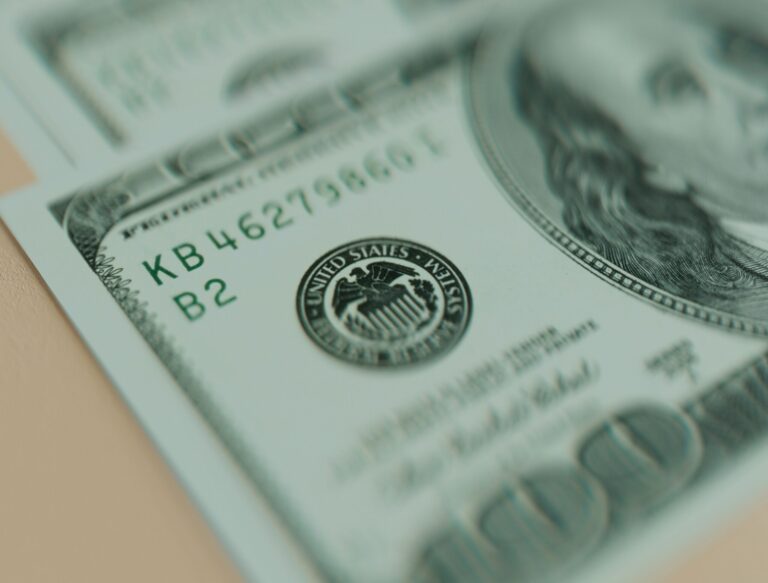The Federal Reserve has signaled the possibility of a 25-basis point interest rate cut in its upcoming December meeting, raising expectations in financial markets. This comes as inflation remains stubbornly above the Fed’s long-term target of 2%. Despite a slight increase in inflation data for October, investors are increasingly optimistic that the central bank will take steps to stimulate the economy.
The Federal Reserve has been closely monitoring inflationary pressures for the past several months. While inflation has shown signs of easing in some sectors, it continues to hover at levels that exceed the central bank’s target. In response to these persistent inflationary pressures, the Fed has maintained a cautious approach to its monetary policy, frequently adjusting interest rates to ensure that inflation is brought under control without severely undermining economic growth.
As the December meeting approaches, analysts are closely watching the potential for a rate cut. A reduction in the federal funds rate would be a significant shift in the Fed’s current stance, which has generally favored tightening measures in an effort to curb inflation. The possibility of a rate cut suggests the Fed may be reconsidering its approach, especially in light of concerns that aggressive interest rate hikes could slow economic activity too much, potentially leading to a recession.
For much of 2024, the Fed has been in a difficult balancing act: combating high inflation while avoiding an economic slowdown. The central bank’s decision to keep interest rates high for an extended period has had mixed effects on the economy. While it has successfully kept inflation from spiraling further, the cost of borrowing has also risen, potentially weighing on consumer spending and business investment.
Despite these challenges, there is a growing sense that the Fed may be ready to make a shift. Many investors believe that a 25-basis point cut is necessary to keep the economy on track. Lower interest rates typically encourage borrowing and spending, which in turn can stimulate demand and economic growth. This would be especially beneficial in the face of global economic uncertainties and ongoing supply chain issues that have contributed to inflation.
The potential rate cut also signals that the Fed may be more concerned with the risks of slowing growth than with the persistence of inflation. While inflation remains a priority, the Fed may be looking for ways to prevent a deeper economic downturn, which could have far-reaching implications for the financial markets, employment, and overall consumer confidence.
As the year comes to a close, all eyes are on the Fed’s next move. The decision on whether to cut rates will be a crucial one for shaping the economic landscape in 2025. It will be an indication of how far the central bank is willing to go in its efforts to support a stable, growing economy while still addressing inflation concerns.


